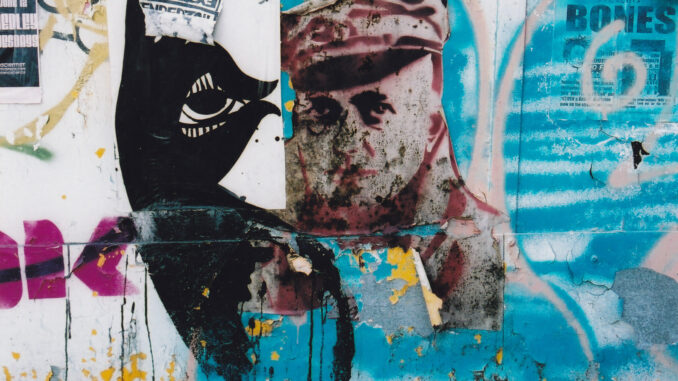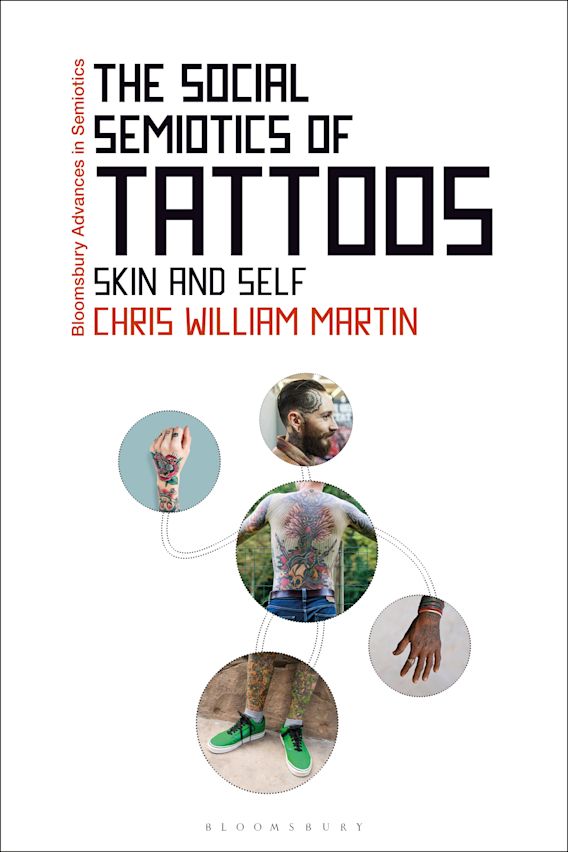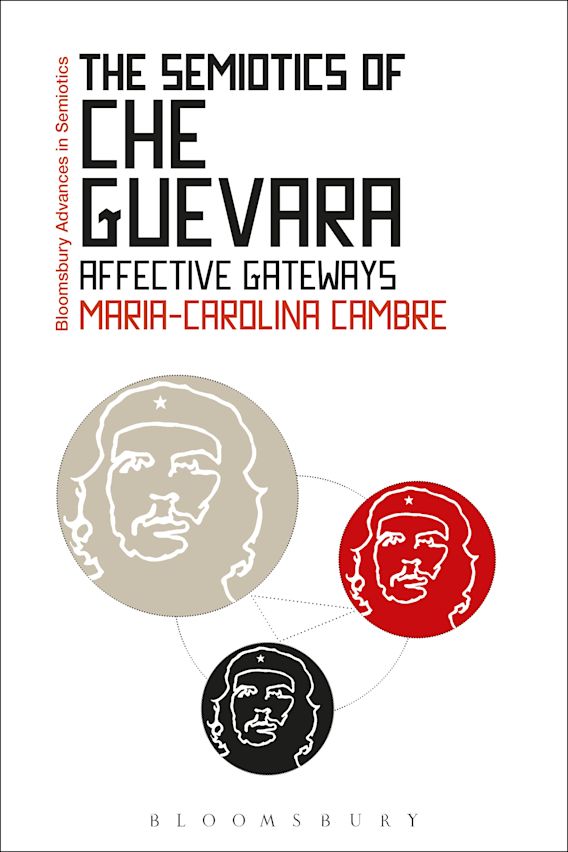
Writing on the Walls: a webinar on the semiotics of graffiti, street art, and vandalism by Carolina Cambre, Rhett Cano-Jacome, and Chris Martin.
Photo credit Stephen Harold Riggins
Graffiti
By Chris William Martin
The purpose, message, and potential benefits of graffiti are often lost as quickly as the bold colours and designs of the mark are. From taggers to Banksy, graffiti has risen from the streets to the art gallery to the auction house, but we are still ill-equipped to understand the ways in which graffiti art can speak to us and what it is saying. This talk examines the language of the varied types of graffiti while uncovering the contemporary uses and purpose behind our need to tag out our existence through shapes and lines on buildings and city blocks. It will focus specifically on a case study of Miami, Florida’s Wynwood Walls neighbourhood which hosts the only Museum of Graffiti. Through the polysemy of the word “graffiti” we see cultural history and modern-day actors, graffiti becomes a thing and a practice. It is human and it is historical.

Insurgent Practices of Vandalism: Claiming Space
By Carolina Cambre and Rhett Cano-Jacome
Vandalism, understood as insurgent practices of claiming space and worldmaking, allows us to explore public acts, both concrete and virtual, that transgress political, economic and aesthetic frontiers. Following Chrichton (2011), the essence of vandalism is not in what is destroyed but in what is being questioned.
From the toppling of monuments, to the throwing of soup, to painting, writing, and pasting on walls in cities, in borderlands and digital defacements, acts of vandalism challenge dominant discursive regimes and make the interplay of power, resistance, and art in public spaces visible. How do these acts of vandalism semiotically alter discourses around questions of place, territory, and legal/political justice? This talk builds on the concept of spatial justice (Cuff, 2023) rooted in Rob Shields (1991) early work on “social spatialization” to look at insurgent semiotic practices. For the purposes of discussion we will present three examples: defacement of art; protest graffiti by social movements; and marking dividing walls in conflict zones.


REFERENCES
Samuel Oliver Crichton Merrill (2011) Graffiti at Heritage Places: Vandalism as Cultural Significance or Conservation Sacrilege?, Time and Mind: The Journal of Archaeology, Consciousness and Culture, 4:1, 59-75. http://dx.doi.org/10.2752/175169711X12893985693711Cuff D. Architectures of Spatial Justice. CCA and MIT Press; 2023. Accessed October 14, 2023. https://ccabookstore.com/products/architectures-of-spatial-justice
Shields R. Places on the Margin: Alternative Geographies of Modernity. Routledge Chapman Hall; 1991 3 examples – dividing walls in conflict zones ; defacement of art ; protest graffiti
MODERATOR
Gregory Paschalidis (Thessaloniki)
PANEL
Marcel Danesi (Toronto)
Chris Drohan (Oklahoma)
Sebastian Moreno (Buenos Aires)
Thierry Mortier (Stockholm)
Thiago Muller (Brazil)
Evripides Zantides (Cyprus)
Piotr Sadowski (Dublin)
Panchanan Mohanty (Hyderabad)



Be the first to comment